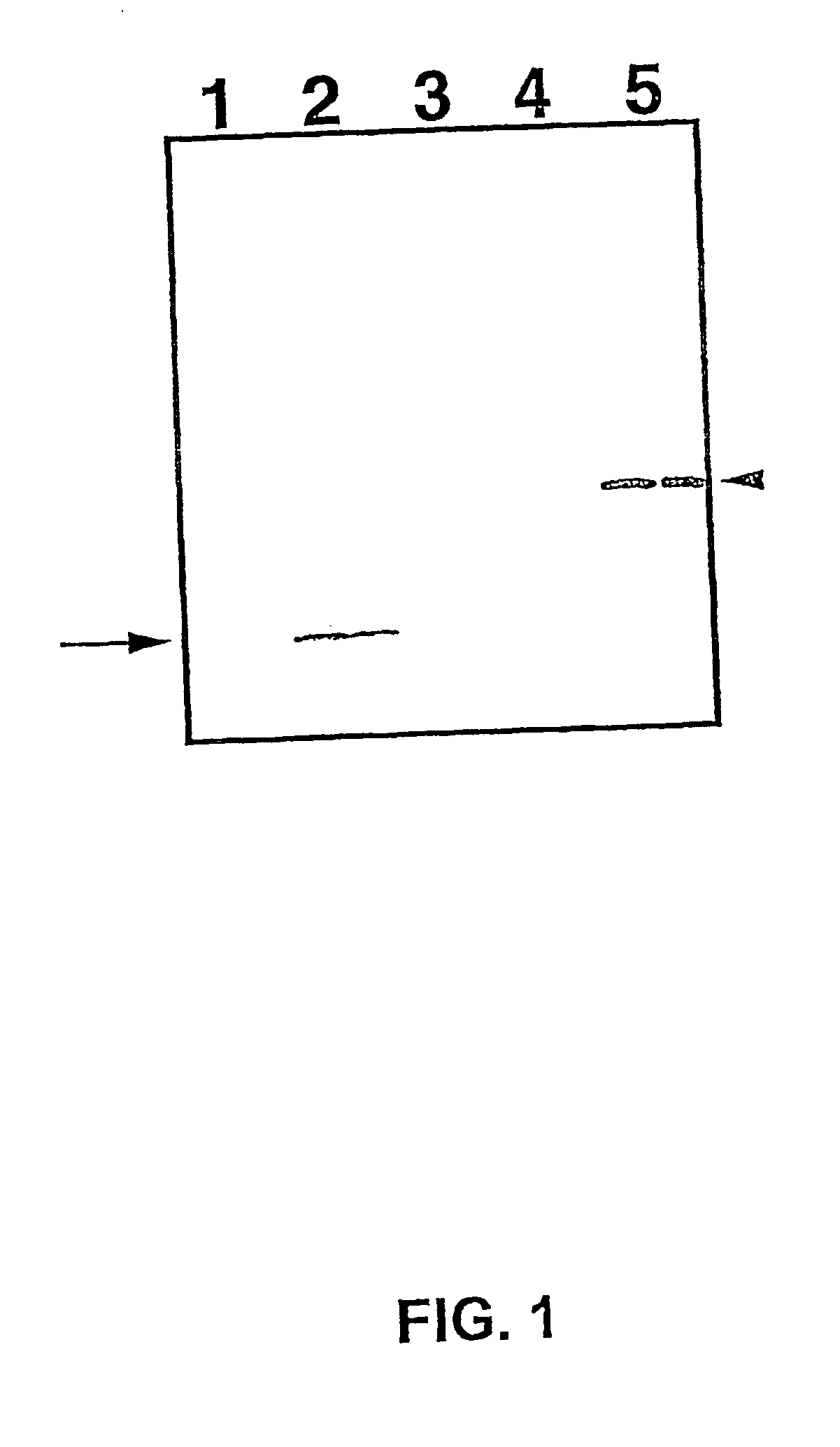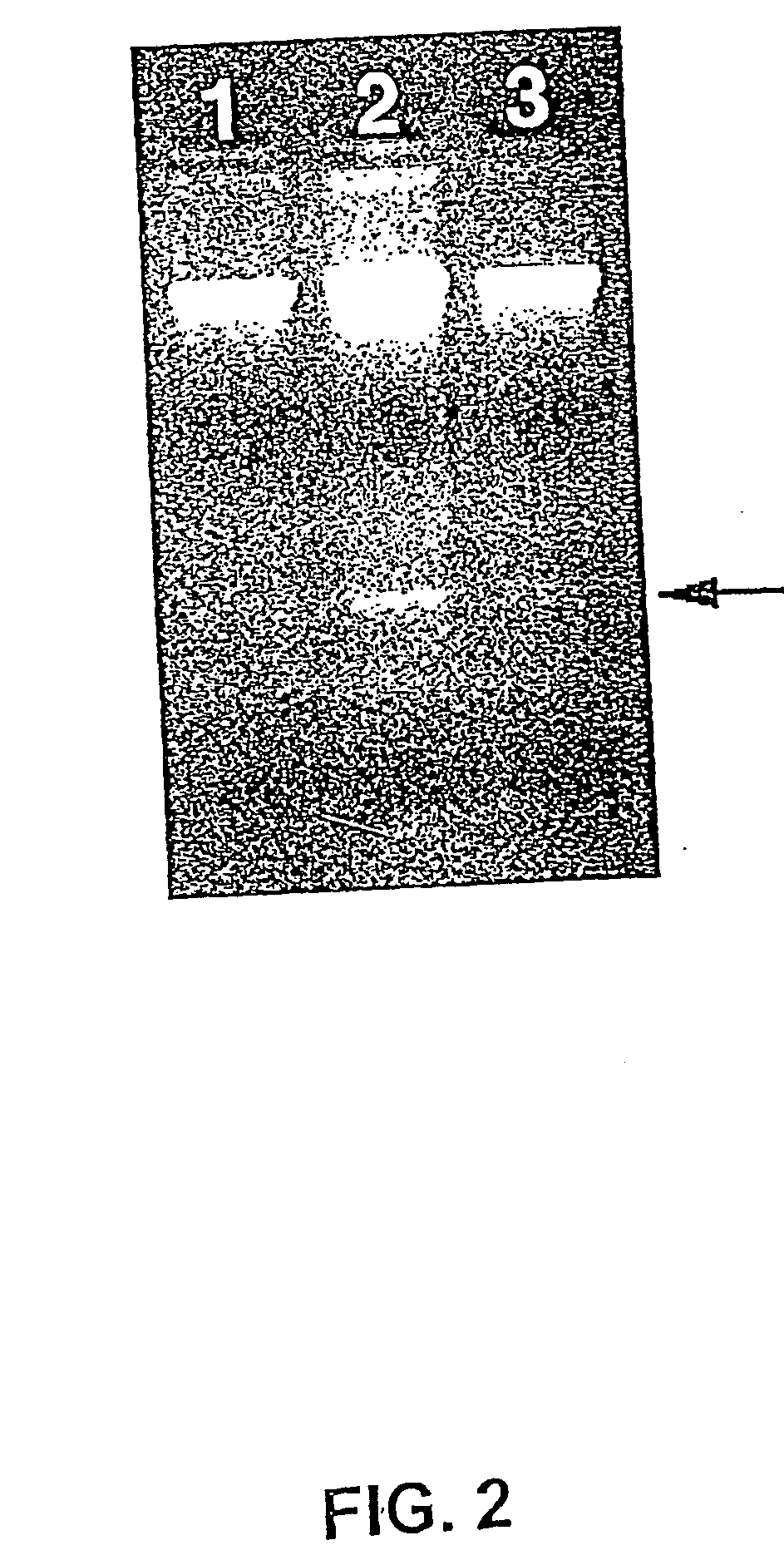Method for isolating cell-type specific mrnas
a cell type and specific technology, applied in the field of isolating cell type specific mrnas, can solve the problems of many tissues with complex cellular structure, such as the nervous system, and achieve the effect of increasing the translational efficiency of a gene and maximising protein expression
- Summary
- Abstract
- Description
- Claims
- Application Information
AI Technical Summary
Benefits of technology
Problems solved by technology
Method used
Image
Examples
example 2
7. EXAMPLE 2
Isolation and Immunoprecipitation of Polysomes
[0257] 7.1. Polysome Isolation
[0258] Plasmid constructs expressing tagged ribosomal proteins were transfected into Human Embryonic Kidney (HEK293) cells using the transfection reagent FuGENE 6 (Roche Applied Science) following the manufacturer's procedures. Briefly, for each transfection, 100 mL of serum free medium (DMEM) was placed into a sterile tube, followed by the addition of three mL of Fugene 6 and 1 mg of plasmid DNA. The Fugene 6 / DNA mixture was allowed to incubate at room temperature for 15 minutes before being added to a 60 mm plate of HEK293 cells grown in DMEM supplemented with 10% fetal calf serum, glutamine, and antibiotics.
[0259] Three days after transfection, the cells were harvested by scraping into homogenization buffer (50 mM sucrose, 200 mM ammonium chloride, 7 mM magnesium acetate, 1 mM dithiothreitol, and 20 mM Tris-HCl, pH 7.6). The cells were lysed by the addition of the detergent, NP-40, to a con...
PUM
| Property | Measurement | Unit |
|---|---|---|
| Length | aaaaa | aaaaa |
Abstract
Description
Claims
Application Information
 Login to View More
Login to View More - R&D
- Intellectual Property
- Life Sciences
- Materials
- Tech Scout
- Unparalleled Data Quality
- Higher Quality Content
- 60% Fewer Hallucinations
Browse by: Latest US Patents, China's latest patents, Technical Efficacy Thesaurus, Application Domain, Technology Topic, Popular Technical Reports.
© 2025 PatSnap. All rights reserved.Legal|Privacy policy|Modern Slavery Act Transparency Statement|Sitemap|About US| Contact US: help@patsnap.com


